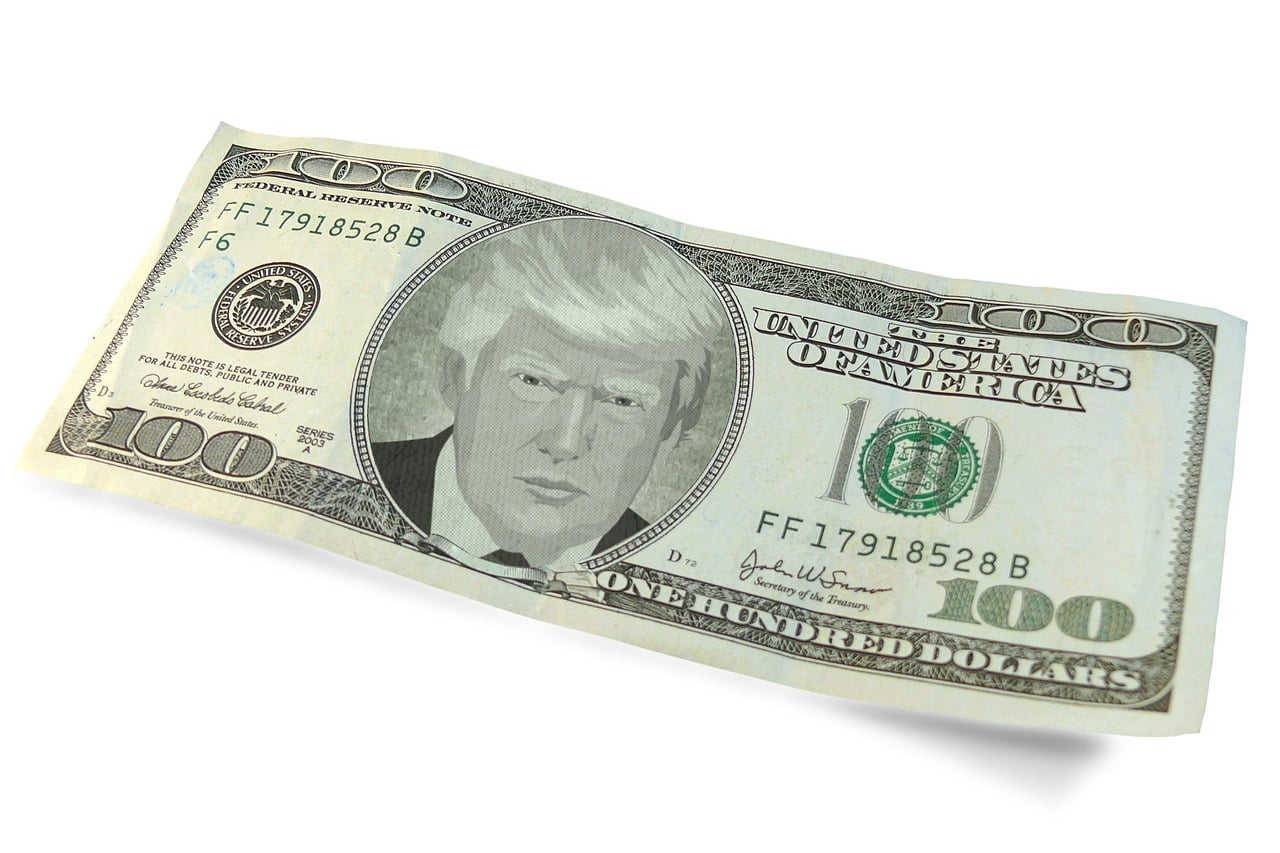Steel production has long been the backbone of our economy, as well as vital to our national defense. President Trump maintains that without substantial steel production there would be no United States of America.
Check out our H2 hedge fund letters here.
This is not an unreasonable view. Our victory in World War II was largely enabled by our being, by far, the world’s largest steel producer.
Today, steel production is still vital to our national defense, but we no longer need to be the world’s leading producer. Still, just for the sake of argument, suppose that the president is right: To better defend our country, we need to produce more of our own steel, and to import less from other countries.
As Trump has announced, he plans to place a tariff of 25 percent on all steel imports – and an accompanying 10 percent tariff on aluminum imports. The result would be to make imported steel less competitive, and to lead to a substantial increase in the production of American steel.
Not coincidentally, this would also fulfill a major campaign promise to blue-collar workers to bring back many of the industrial jobs lost to foreign imports over the last few decades. It would be a major step to “Make America Great again.”
Of course our trade partners will not take these tariffs sitting down. They will place tariffs on goods imported from the United States, which will result in the layoffs of hundreds of thousands of American workers. In addition, they will appeal our tariff increases to the World Trade Organization.
Let’s look at the effect of this tariff on the number of blue-collar jobs. We know that steel – and aluminum, for that matter – is used in the production of cars and other consumer goods, military goods such as planes and ships, and in building construction. When we raise the tariff on these metals, not only will the prices of imported steel and aluminum rise, but so too will the prices charged by American producers as well.
Not only will these price increases hurt American consumers, but the rising cost of steel and aluminum will reduce profits and lead to the layoff of hundreds of thousands of blue-collar workers. Ironically, these folks are another major part of Trump’s electoral constituency.
Before long, we may find ourselves in a worldwide trade war – a war in which there are no winners. The last trade war helped spread the effects of the Great Depression of the 1930s throughout the world.
Let us ask ourselves this question: Is there any other way that President Trump could keep his campaign promise to his blue-collar constituency? And more specifically, is there anything else that he could do to not just increase employment in the steel industry, but perhaps even bolster our nation’s defense?
Here’s a law he could easily induce the Republican majorities in both houses of Congress to pass perhaps even without debate: At least 80 percent of the steel and aluminum used in all military hardware purchased by the Department of Defense must be produced in America. And he can even claim that this was his idea all along.
About the Author
Steve Slavin has a PhD in economics from NYU, and taught for over thirty years at Brooklyn College, New York Institute of Technology, and New Jersey’s Union County College. He has written sixteen math and economics books including a widely used introductory economics textbook now in its eleventh edition (McGraw-Hill) and The Great American Economy (Prometheus Books) which was published in August.





